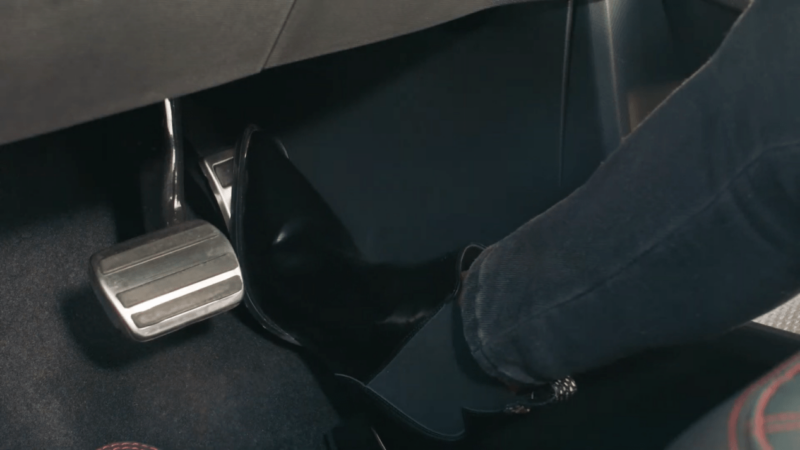China has introduced a new national standard for passenger car braking systems, GB 21670-2025, which will impact the “single-pedal driving” mode favoured by some electric vehicle manufacturers, including Tesla. The new standard, approved by the State Administration for Market Regulation and the Standardisation Administration of China, prohibits vehicles from defaulting to a single-pedal mode that allows deceleration to a complete stop solely by releasing the accelerator pedal.
The new standard, set to be implemented in phases, will take effect for most new vehicle type approvals on January 1, 2026, with the specific provisions regarding single-pedal mode becoming effective on January 1, 2027. For vehicles that have already received type approval, the new standard will apply from January 1, 2027.
Key Highlights of the New Standard:
- Mandatory ABS installation: All newly approved passenger vehicles will be required to install ABS (Anti-lock Braking System). This mature active safety technology helps prevent wheel lock-up during emergency braking, maintaining vehicle stability and control, and significantly reducing the risk of skidding and fishtailing.
- Restrictions on single-pedal mode: The new regulations specifically address the energy recovery systems common in new energy vehicles. They prohibit vehicles from being set to a default mode where releasing the accelerator pedal alone can bring the vehicle to a complete stop. This aims to mitigate the risk of drivers developing a delayed reaction to the brake pedal in urgent situations.
- Brake light activation for energy recovery: The standard also mandates that brake lights must illuminate when the deceleration caused by energy recovery exceeds 1.3 m/s². This signal must remain active as long as deceleration is occurring, alerting following vehicles and other road users and reducing the likelihood of rear-end collisions.
Single-pedal driving, once lauded by Elon Musk as the “ultimate form of future driving,” simplifies the driving process by allowing drivers to control both acceleration and deceleration with a single pedal. Pressing the pedal accelerates the vehicle, while releasing it causes the vehicle to slow down or even stop. This mode also enhances energy recovery efficiency, extending the vehicle’s range and improving driving comfort, especially in congested urban traffic.
Beyond Tesla, other manufacturers, such as Mercedes-Benz (EQ series), BMW (i3), Nio (ES6), and some Xpeng models, have incorporated single-pedal mode as an option.
However, safety concerns have emerged. Long-term reliance on single-pedal driving can lead to delayed driver reactions and a potential misapplication of pedals in emergencies. In situations requiring sudden braking, drivers accustomed to single-pedal operation might not react quickly enough to switch to the brake pedal, increasing the risk of accidents. Tesla itself has acknowledged these concerns, having previously removed the mandatory single-pedal mode in its OTA 2023.2.13.1 update, giving users the option to choose.
Source: The Paper
Follow us for ev updates









